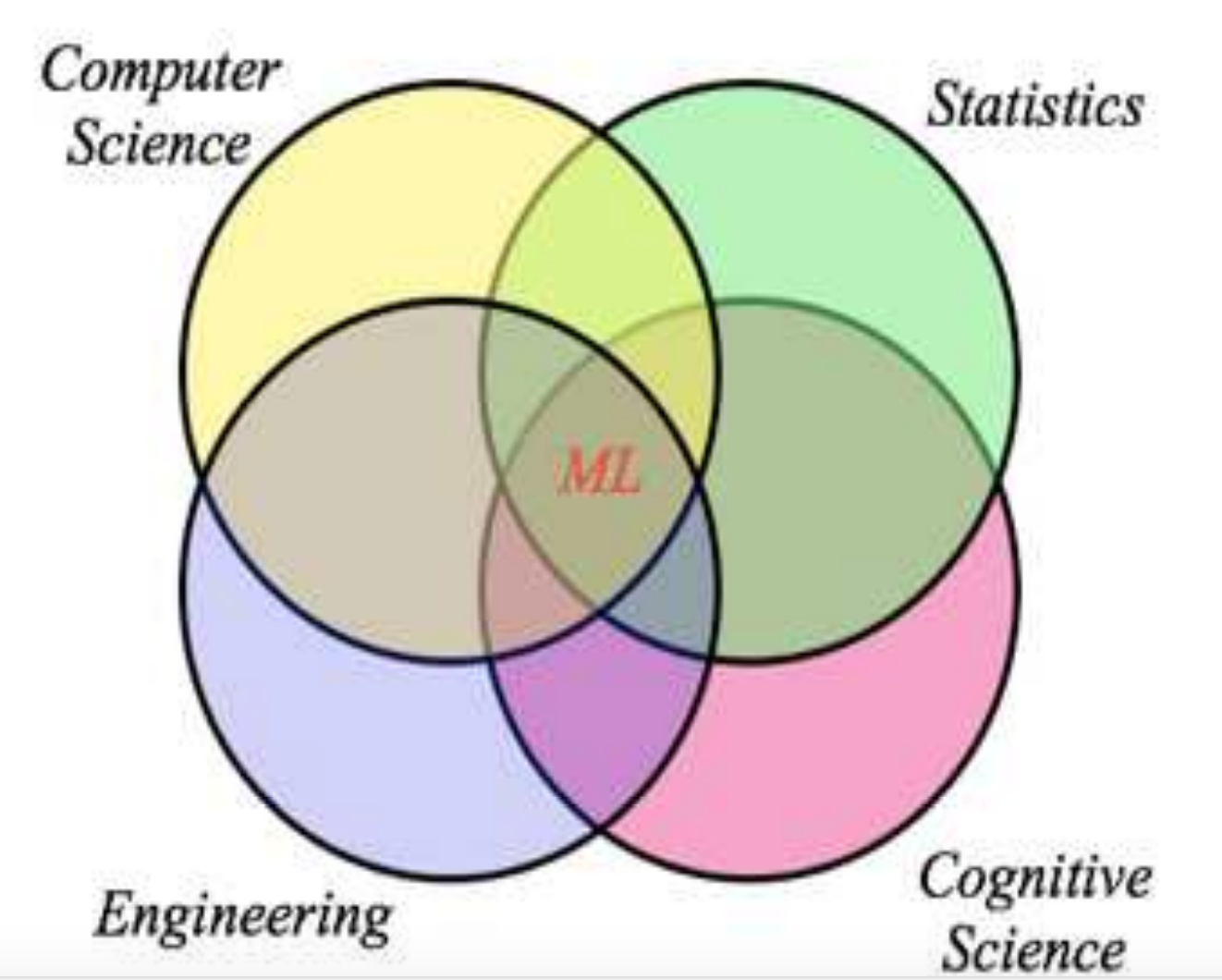Introduction to Probabilistic Machine Learning with PyMC3
Daniel Emaasit
Data Scientist
Haystax Technology
Bayesian Data Science DC Meetup
April 26, 2018



Data Science & Cybersecurity Meetup
Materials
Download slides & code: bit.ly/intro-pml



Application (1/3)


- Optimizing expensive functions in autonomous vehicles (using Bayesian optimization).


Application (2/3)


- Probabilistic approach to ranking & matching gamers.


Application (3/3)


- Supplying internet to remote areas (using Gaussian processes).


Media Attention







Academics flocking to Industry






Intro to Probabilistic Machine Learning



ML: A Probabilistic Perspective (1/3)
- Probabilistic ML:
- An Interdisciplinary field that develops both the mathematical foundations and practical applications of systems that learn models of data. (Ghahramani, 2018)




ML: A Probabilistic Perspective (2/3)
- A Model:
- A model describes data that one could observe from a system (Ghahramani, 2014)
- Use the mathematics of probability theory to express all forms of uncertainty









Generative Process
Inference



ML: A Probabilistic Perspective (3/3)
- \(\mathbf{\theta}\) = parameters e.g. coefficients
\(p(\mathbf{\theta})\) = prior over the parameters
\(p(\textbf{y} \mid \mathbf{\theta})\) = likelihood given the covariates & parameters
\(p(\textbf{y})\) = data distribution to ensure normalization
\(p(\mathbf{\theta} \mid \textbf{y})\) = posterior over the parameters, given observed data
where:

Probabilistic ML Vs Traditional ML



| Algorithmic ML | Probabilistic ML | |
|---|---|---|
| Examples | K-Means, Random Forest | GMM, Gaussian Process |
| Specification | Model + Algorithm combined | Model & Inference separate |
| Unknowns | Parameters | Random variables |
| Inference | Optimization (MLE) | Bayes (MCMC, VI) |
| Regularization | Penalty terms | Priors |
| Solution | Best fitting parameter | Full posterior distribution |
Limitations of deep learning



- Deep learning systems give amazing performance on many benchmark tasks but they are generally:
- very data hungry (e.g. often millions of examples)
- very compute-intensive to train and deploy (cloud GPU resources)
- poor at representing uncertainty
- easily fooled by adversarial examples
- finicky to optimize: choice of architecture, learning procedure, etc, require expert knowledge and experimentation
- uninterpretable black-boxes, lacking in transparency, difficult to trust
Probabilistic Programming
Probabilistic Programming (1/2)



- Probabilisic Programming (PP) Languages:
- Software packages that take a model and then automatically generate inference routines (even source code!) e.g Pyro, Stan, Infer.Net, PyMC3, TensorFlow Probability, etc.





Probabilistic Programming (2/2)



- Steps in Probabilisic ML:
- Build the model (Joint probability distribution of all the relevant variables)
- Incorporate the observed data
- Perform inference (to learn distributions of the latent variables)

Demo
Resources to get started



- Winn, J., Bishop, C. M., Diethe, T. (2015). Model-Based Machine Learning. Microsoft Research Cambridge.
- R. McElreath (2012) Statistical Rethinking: A Bayesian Course with Examples in R and Stan (& PyMC3 & brms too)
- Probabilistic Programming and Bayesian Methods for Hackers: Fantastic book with many applied code examples.
Thank You!



Appendix
References



- Ghahramani, Z. (2015). Probabilistic machine learning and artificial intelligence. Nature, 521(7553), 452.
- Bishop, C. M. (2013). Model-based machine learning. Phil. Trans. R. Soc. A, 371(1984), 20120222.
- Murphy, K. P. (2012). Machine learning: a probabilistic perspective. MIT Press.
- Barber, D. (2012). Bayesian reasoning and machine learning. Cambridge University Press.